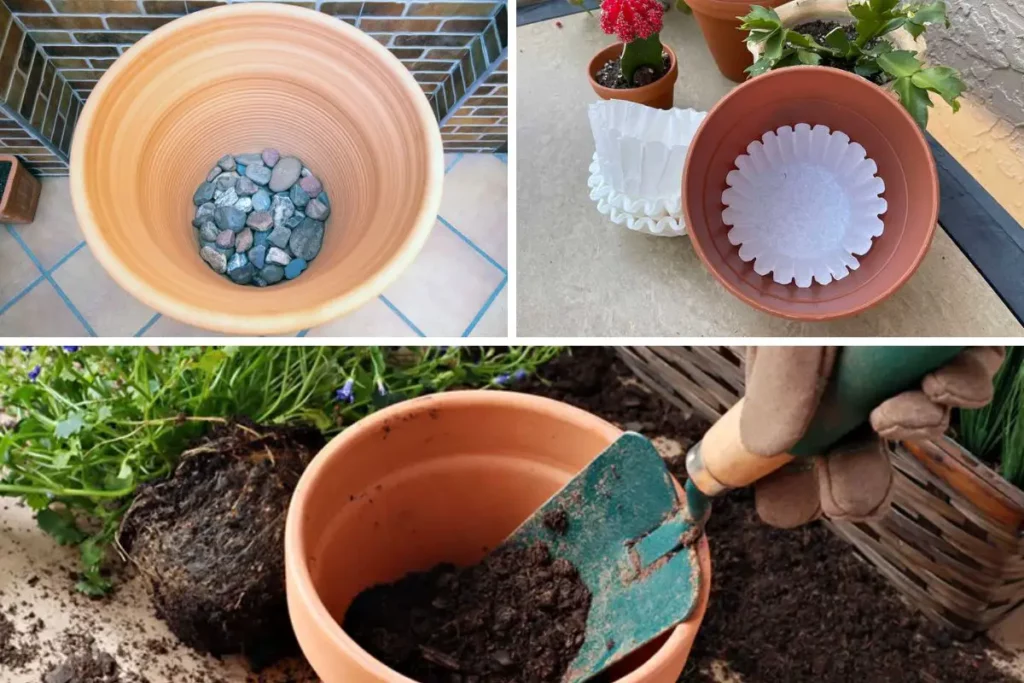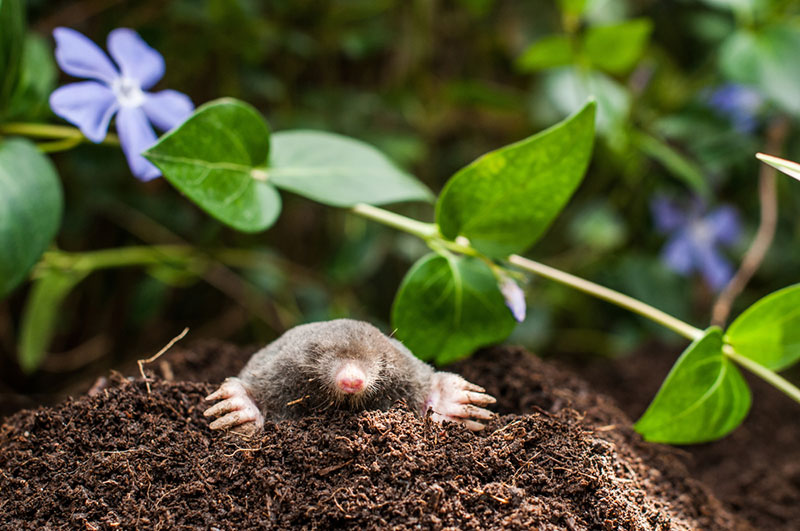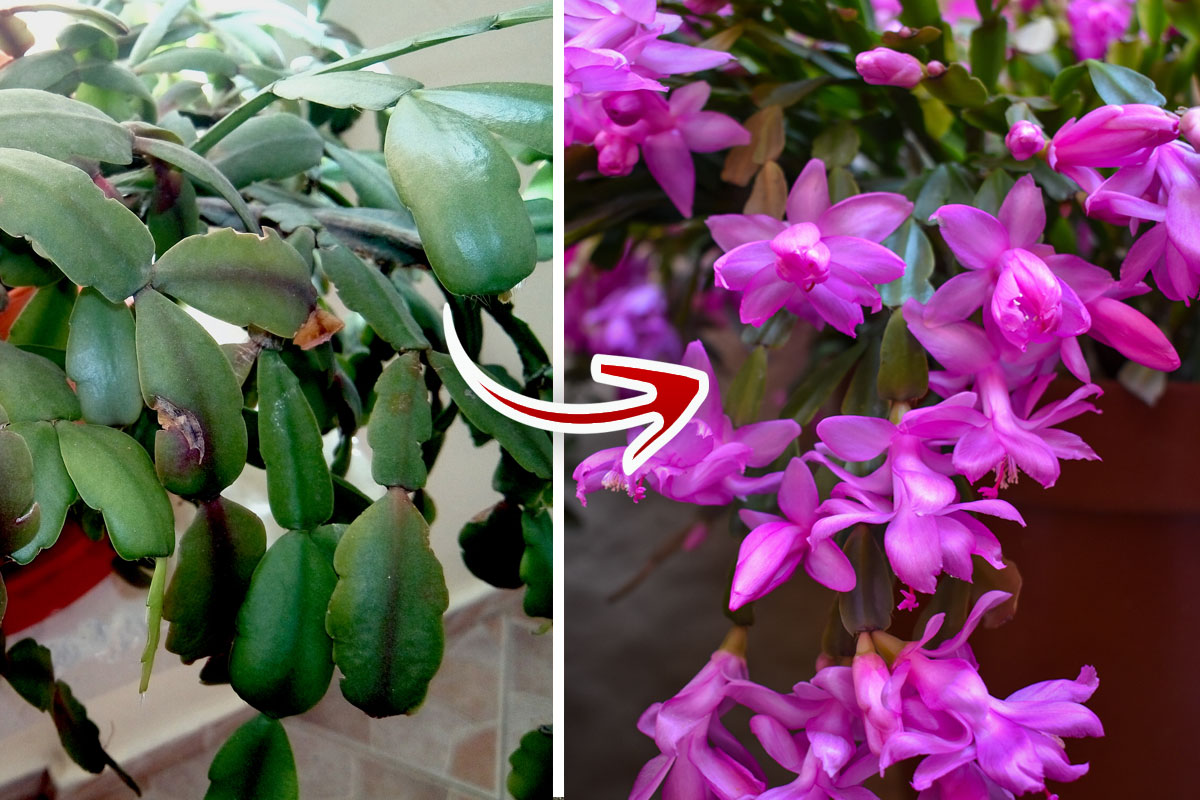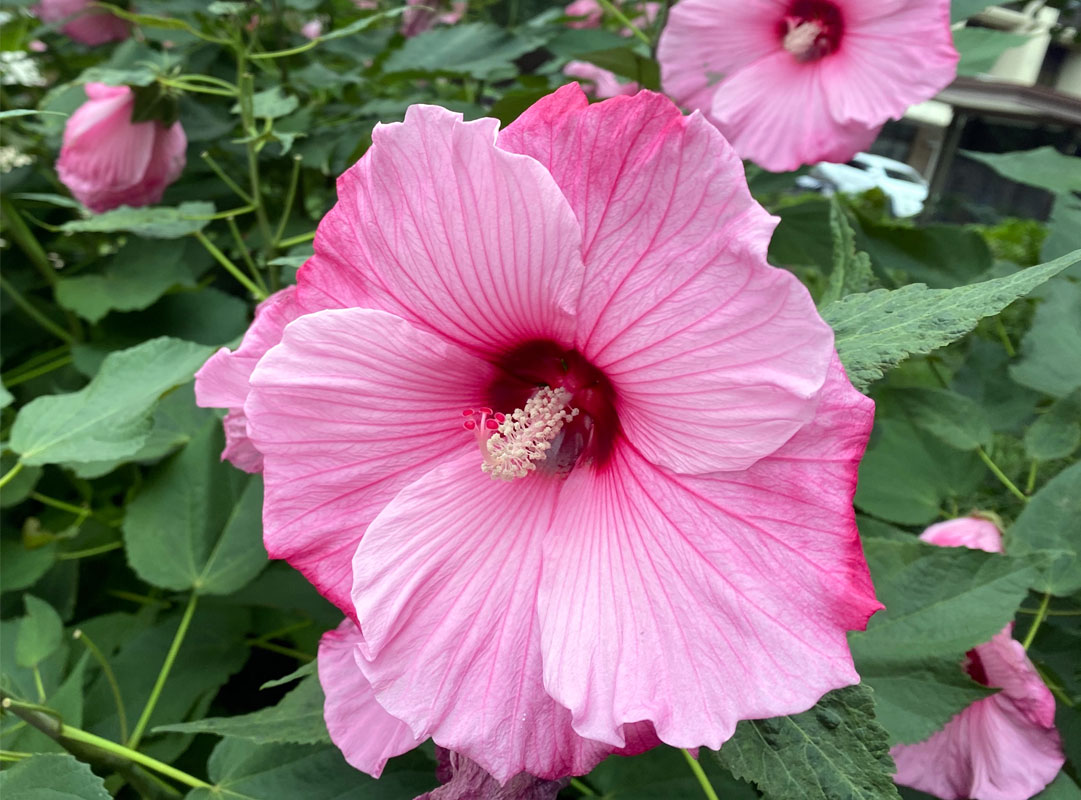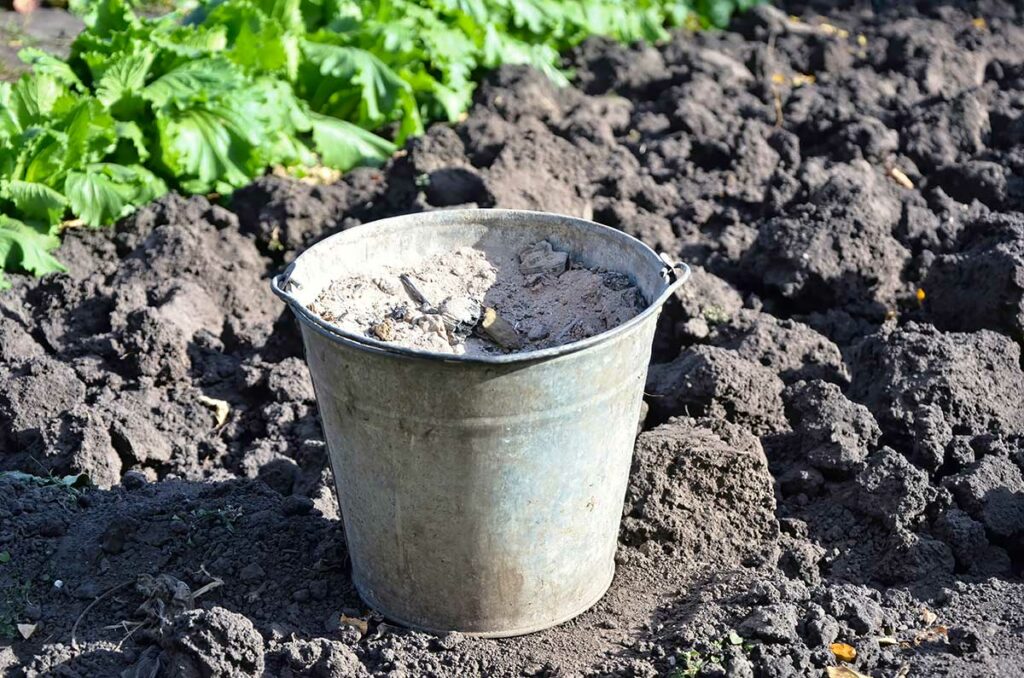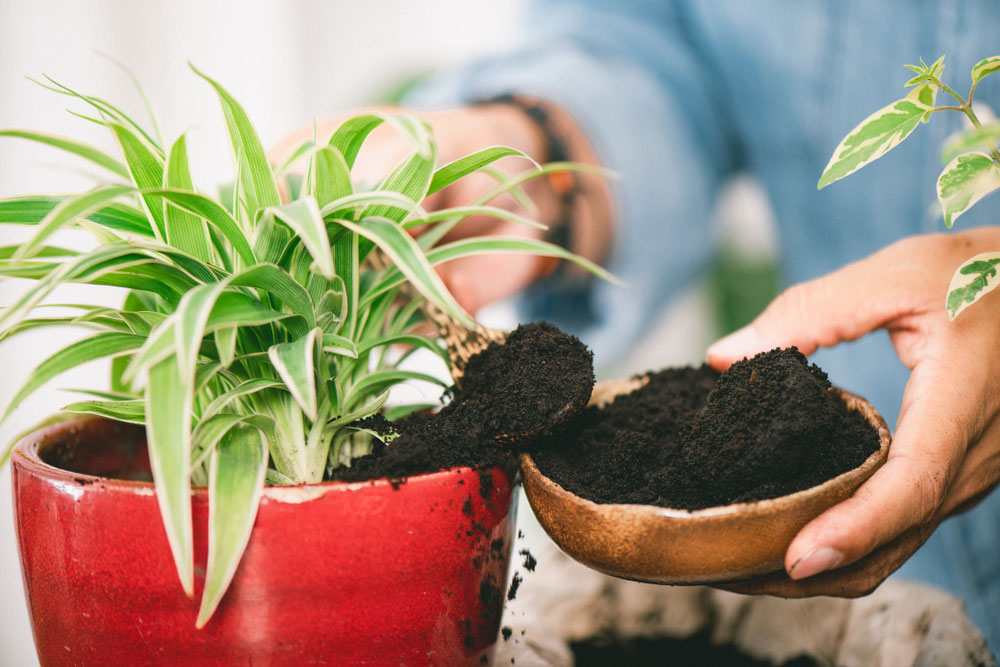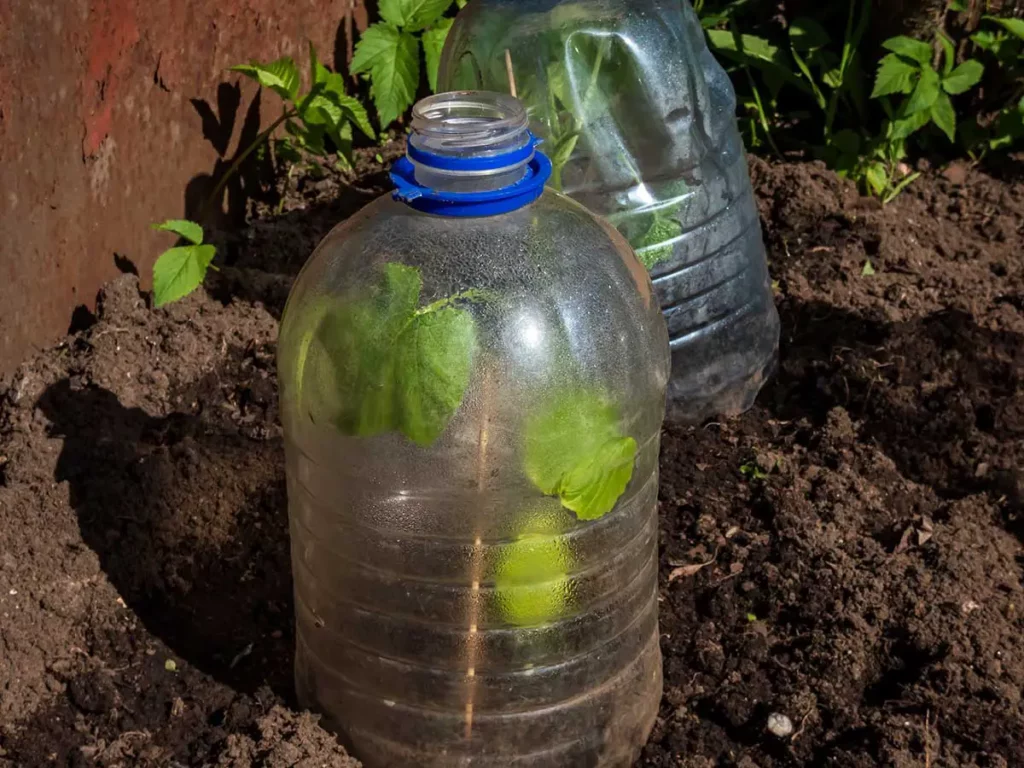You were probably told to put rocks on the bottom of a pot to enhance drainage.
However, this is a popular misconception. Let’s discuss why and what you should do instead.
General Information
The myth about adding rocks to your plant revolves around the concept that the stones provide better drainage.
Instead, this has the opposite effect on the plant. The soil is denser than the rocks. As a result, the roots remain in that area. If you’re placing rocks and then soil, the roots tend to remain in the portion with the soil only, putting them at risk for root rot and other issues associated with over-watering.
On the other hand, when you don’t have any rocks, the water is dispersed more evenly, and the roots have more space to grow. Therefore, they’re less likely to develop fungal or bacterial infections.
Why Some Plants Have Thrived With Rocks at the Bottom?
Some people may have applied rocks on the bottom of an outdoor potted plant to prevent it from blowing over in the wind and because they possibly believed it would help with drainage. And their plants may have thrived.
The logic behind this is that they may have used a different watering schedule that reduced the chances of the soil becoming waterlogged.
It may have been luck that they didn’t over water their plants, or maybe they understood the concept that you don’t need to water as much or as often when you have stones at the bottom of the planter.
Enhancing Drainage
Take steps to enhance drainage in your plant that are known to be effective, such as drainage holes.
Drainage Holes
Drainage holes go in the bottom of your pot. You can find many pots with holes in them already. If the pot is made of a material you can drill, you can add holes yourself. Be careful, though, because a clay or ceramic pot could crack when you drill it.
There’s no need to look at the bottom and compare the pots by the number of drainage holes. One large one in the center works just as well as one with multiple holes. When you have one drainage hole in the middle, the moisture will gravitate to the hole. If you feel like your pot isn’t draining enough, you could always add more holes.
This is when stones could come in handy. Either place rocks larger than the holes on top of each opening on the bottom of your pot or place a thin layer; this ensures the plant isn’t affected by drainage issues, and you won’t have to worry about dirt falling out the bottom.
Double Potting
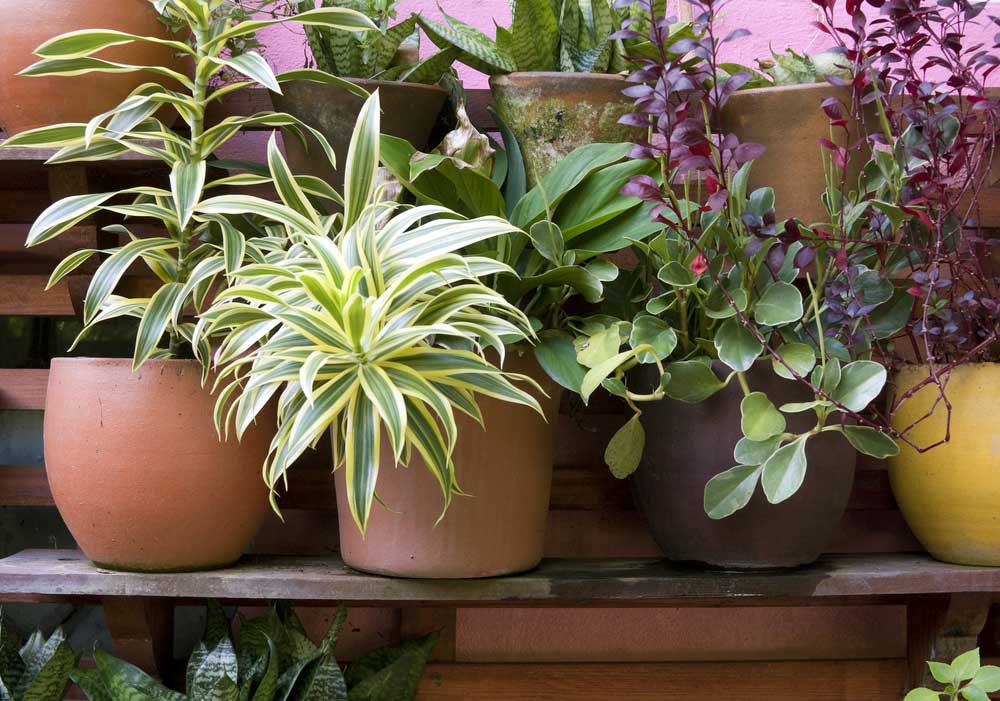
Perhaps you found a beautiful pot for your office, and it’s the ideal size for your plant. However, if it doesn’t have any drainage holes and you can’t drill one, you can use the double potting method to ensure adequate drainage.
With this method, you find a plastic pot liner that’s the same size as your plant’s pot. You place it in the pot first before you position your plant. Then, whenever you water the plant, you remove the plastic liner only and allow the water to drain out. You could place it in a tub or sink while it drains.
Self-Watering Containers
You don’t have to worry about placing rocks or drainage in general with a self-watering container. This system has two compartments: a reservoir and a place for the plant. Water from the reservoir exits into the plant compartment whenever the plant is low on moisture.
Not placing rocks may shock you since it’s a popular practice. While you could alter your watering schedule to accommodate the stones at the bottom, in general, it’s better to opt to exclude the rocks and choose a method that allows for the best drainage possible.

